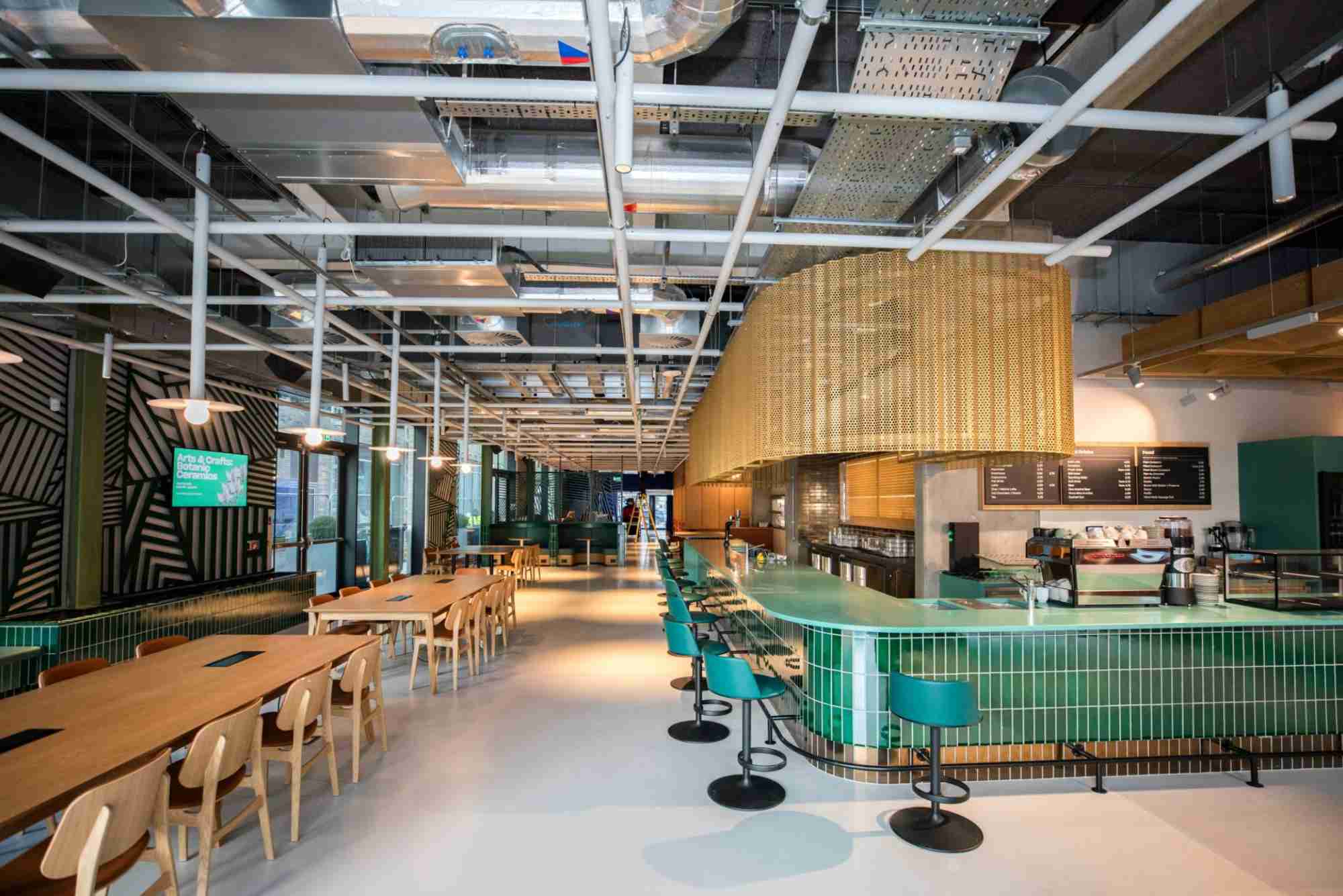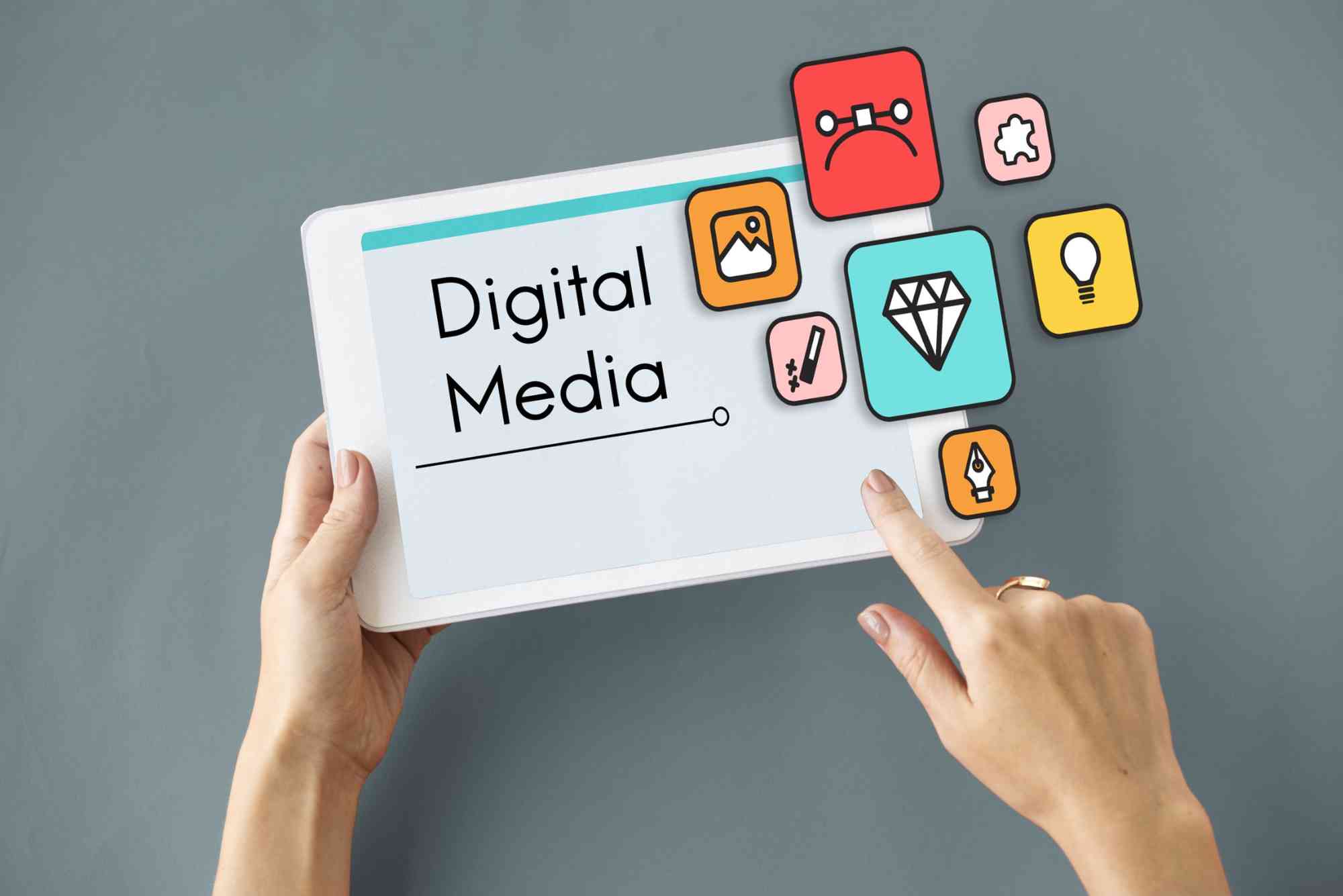Why Visual Content Marketing Trends Matters for Your Business
In today’s fast-paced digital landscape, where users scroll endlessly through social feeds, visual content stands as the key to capturing attention. Brands that embrace visual content marketing trends don’t just communicate—they connect emotionally, tell stories, and drive engagement. As visuals dominate online spaces, businesses must adapt to these evolving trends to remain relevant, memorable, and competitive.
The Rise of Visual Content Marketing
Visual content has reshaped how audiences consume information. With shorter attention spans and content overload, visuals simplify complex messages and make them instantly understandable. Studies show that people remember 80% of what they see but only 20% of what they read. This shift underscores why visual content marketing trends are crucial for businesses aiming to create meaningful digital experiences.
Why Visuals Dominate Digital Marketing
Images, videos, and infographics are not just aesthetically appealing—they’re powerful storytelling tools. Platforms like Instagram, TikTok, and YouTube thrive because visual storytelling engages audiences faster than text. Visuals trigger emotions, which in turn drive consumer decisions. Businesses that leverage this trend are more likely to see higher engagement, conversions, and brand loyalty.
The Data Behind Visual Success
Data-driven marketing shows a clear pattern: content with relevant visuals receives 94% more views than content without them. Furthermore, posts with visuals have higher click-through rates and are more likely to be shared. These numbers prove that integrating visual content marketing trends is no longer optional—it’s essential for growth.
Emerging Visual Content Marketing Trends to Watch
The world of digital visuals evolves rapidly, and keeping up is key to staying ahead of competitors. Here are the top trends redefining how businesses communicate visually.
Short-Form Video Dominance
Short-form videos on platforms like TikTok, Instagram Reels, and YouTube Shorts continue to outperform static content. They are snackable, engaging, and easily shareable. Brands that create authentic, behind-the-scenes, or educational clips experience higher audience retention and engagement.
Personalized Visual Content
Consumers crave personalization. Tailoring visuals—like personalized product recommendations, interactive quizzes, or customized social graphics—enhances user experience. Businesses using data insights to create personalized visuals report better ROI and stronger customer loyalty.
Interactive Visuals and AR/VR Experiences
Augmented reality (AR) and virtual reality (VR) are revolutionizing customer engagement. AR filters, 3D product demos, and virtual try-ons help users interact directly with products. These technologies bridge the gap between digital and physical experiences, making visual content marketing trends more immersive than ever.
Infographics for Educational Value
Infographics remain timeless tools for simplifying complex data. They combine visuals with concise information, making them ideal for B2B and B2C marketing. A well-designed infographic can quickly communicate key points, earning backlinks and social shares that improve SEO performance.
Authentic and User-Generated Visuals
Audiences trust real people more than brands. User-generated content—such as customer photos or video testimonials—adds authenticity and social proof. This approach fosters community and builds credibility, which aligns perfectly with Google’s E-E-A-T principles (Experience, Expertise, Authoritativeness, and Trustworthiness).
Motion Graphics and Animated Content
Animation brings static designs to life. From explainer videos to animated infographics, motion graphics capture attention and keep viewers engaged. These visuals help brands explain complex ideas creatively and effectively, making them a major part of modern visual strategies.
How Visual Content Marketing Boosts Business Performance
Understanding trends is one thing; knowing how to apply them for results is another. Visual content marketing can impact every aspect of your business performance when used strategically.
Enhances Brand Recognition
Consistent visual themes—colors, fonts, and imagery—help create a recognizable brand identity. When people repeatedly see your visuals across platforms, they begin associating them with your values and message. This consistency strengthens trust and brand recall.
Increases Engagement and Conversions
Eye-catching visuals naturally attract more interactions. Whether it’s a stunning photo, an animated explainer, or a short video, visual content encourages likes, shares, and comments. This engagement translates into traffic, leads, and ultimately, conversions.
Improves SEO and Content Reach
Search engines love optimized visual content. Using descriptive filenames, alt text, and engaging video transcripts enhances visibility. Visuals also reduce bounce rates and keep visitors longer on your page—key factors for better SEO rankings. For more expert tips, check out SEO Expert Help.
Drives Emotional Connection and Trust
Emotions drive decisions more than logic. Visuals like storytelling videos, relatable images, or authentic user posts evoke emotions that inspire trust and action. Brands that connect emotionally are more likely to retain customers long-term.
Best Practices for Leveraging Visual Content Marketing Trends
To make the most of visual marketing, businesses must combine creativity with strategy. The following practices ensure your visuals perform effectively.
Stay Consistent Across Channels
Consistency ensures professionalism. Use the same brand voice, color palette, and visual tone across all channels—social media, websites, and ads—to build recognition.
Use Data to Guide Visual Strategy
Analyze which visuals perform best on different platforms. Data insights help refine your creative approach, ensuring your visuals resonate with your audience and align with your business goals.
Invest in Quality Design and Production
Low-quality visuals can damage credibility. Invest in professional photography, videography, and design tools to ensure your visuals represent your brand at its best.
Incorporate Visual Storytelling
Every visual should tell a story. Whether it’s a product journey, customer testimonial, or brand value illustration, storytelling makes visuals memorable and persuasive.
Keep Up with Trends and Innovations
Stay informed about evolving visual content marketing trends through resources like the HubSpot Marketing Blog. Staying current helps you innovate and maintain a competitive edge.
The Future of Visual Content Marketing
The future of marketing lies in visual-first communication. With AI-driven design tools, 3D content, and advanced personalization, visuals will become even more interactive and adaptive. Businesses that embrace these innovations will not only attract attention but also build lasting customer relationships.
FAQs
What are the most popular types of visual content?
Short-form videos, infographics, user-generated content, and motion graphics are among the most popular types in 2025.
Why is visual content important for marketing?
Visual content grabs attention, enhances engagement, and helps audiences remember your brand message better than text alone.
How can small businesses use visual content marketing?
Small businesses can create affordable visuals using tools like Canva or hire freelancers for high-quality designs. Authenticity often outperforms expensive production.
Does visual content improve SEO?
Yes. Optimized visuals with proper tags, filenames, and context improve your search visibility and keep users engaged longer.
How do I keep up with visual marketing trends?
Follow expert resources, attend webinars, and analyze your competitors. Blogs like HubSpot’s are great for staying updated on emerging trends.
Visuals are no longer a supporting element—they’re the centerpiece of digital communication. As visual content marketing trends evolve, businesses that adapt quickly and creatively will capture attention, inspire loyalty, and achieve long-term growth. The key is to blend data, design, and storytelling into a unified strategy.
Start embracing these trends today and take your brand to the next level. If you want professional guidance to optimize your content strategy and SEO performance, visit SEO Expert Help and unlock your brand’s full potential.







